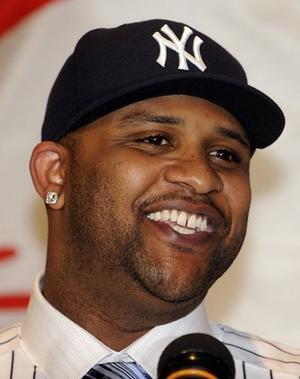I’m a huge hockey fan, so you’ll be seeing periodic posts about hockey on this blog. Hope you enjoy them!
Some background: The New York Rangers have the best record in the NHL’s Eastern Conference and look like the prohibitive favorite to represent the Conference in the Stanley Cup Finals, though it didn't come easy. The team hasn’t made the playoffs since 1997. The reason for their lack of success was that GM Glen Sather began to sign older players who were past their prime, such as Pavel Bure, Theo Fleury, and Bobby Holik. Following the lockout in 2004-05, the Rangers changed their approach by developing young players and not trading them for overpriced stars. They preached defense and goaltending instead of a lot of scoring.
Among the players whose talents were developed by the Rangers during this time were Henrik Lundqvist, Ryan Callahan, Brandon Dubinsky, and Marc Staal. In more recent years, players like Michael Del Zotto, Dan Girardi, Artem Anisimov, Carl Hagelin, and Michael Sauer developed into solid players who have been vital to the Rangers success.
The team also has made better trades and free agent signings. Some of these acquired players are Marian Gaborik, Brad Richards, Derek Stepan, Ryan McDonagh, Brian Boyle, and Brandon Prust. All of these players have been great for New York this season.
In baseball, the theory of Moneyball, has helped many teams become competitive even with major budget restrictions. It has done so by using statistical theory and analysis of players, overlooking certain intangibles such as player age and team chemistry.
The upside of Moneyball is that it helps teams with budget restrictions find \ways to be competitive.
The Rangers, along with every other NHL team has to deal with something similar to budget restrictions: a salary cap. The Rangers also have had to settle for a lot of picks in the middle of the first round, where there aren't many superstar talents remaining. Yet the Rangers still manage to make the most of these picks and add talented players who fit their needs.
The Ranger approach differs from the MLB Moneyball teams in that the Rangers have selected players mostly for qualities that are considered intangible – ability to work in a team and contribute to it. They look at statistics but, based on their team personnel, don’t live by them.
In fact, there is no Hockey Moneyball and it would be hard to put together a meaningful set of Hockey Moneyball indicators. Each player and each team has its own set of intangibles based on style of play and team strategy. Maybe more important, hockey is such a team-oriented game that there is a tradition of developing team chemistry and team spirit.
As a result, hockey franchises still rely on the tried-and-true technique of tireless and highly professional scouting. A great team of scouts gets to know every player in every significant league, watches their developments and bases decisions about which ones continue to grow and learn and show NHL-promise based on sometimes years of observation.
As a result of developing one of the best scouting organizations in hockey, the Rangers have been able to draft wisely from the non-elite draft choices available to them and build a highly competitive team on a budget. The fact that the NHL has a different champion almost every year, while the MLB seems to always have the same teams contending, shows that this method works best. No pure Moneyball baseball team has ever won a World Series, even with no salary cap, but generations of MLB teams like the Yankees have dominated decade in and decades out.
It seems obvious that statistical analysis of athletic performance remains very limited and no one has come up with a substitute for professional scouts carefully observing up-and-coming talent.
